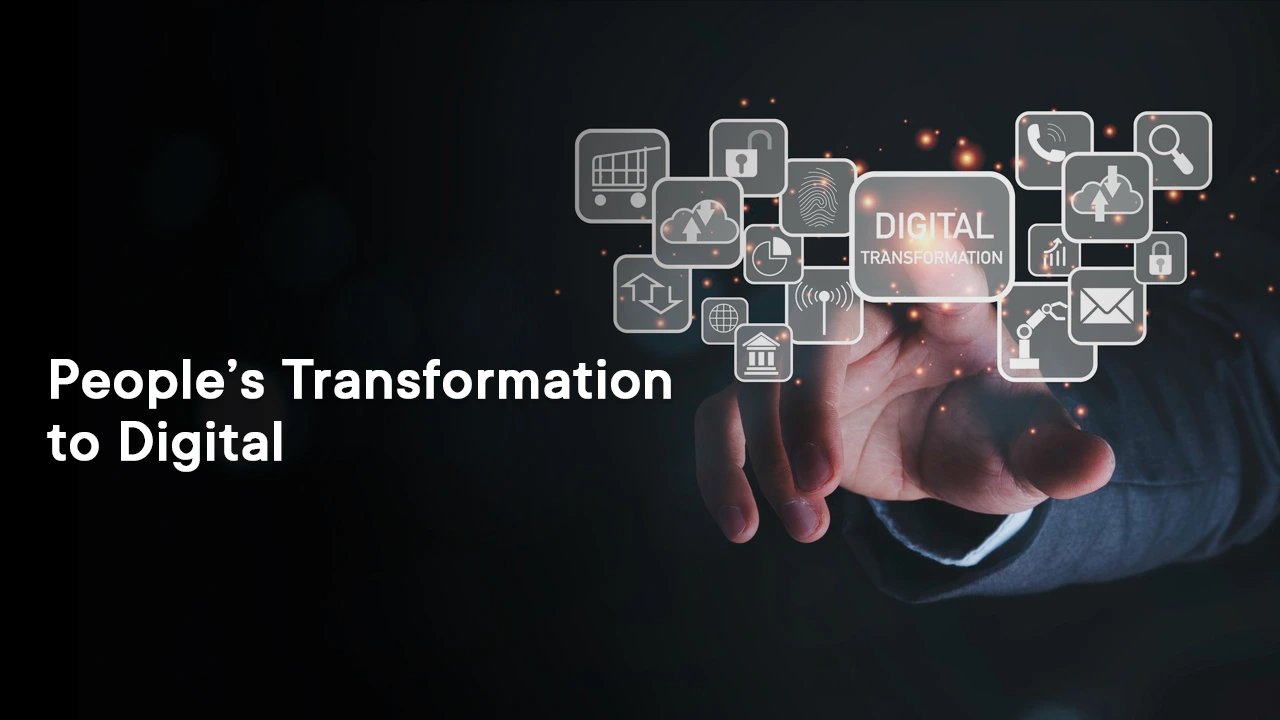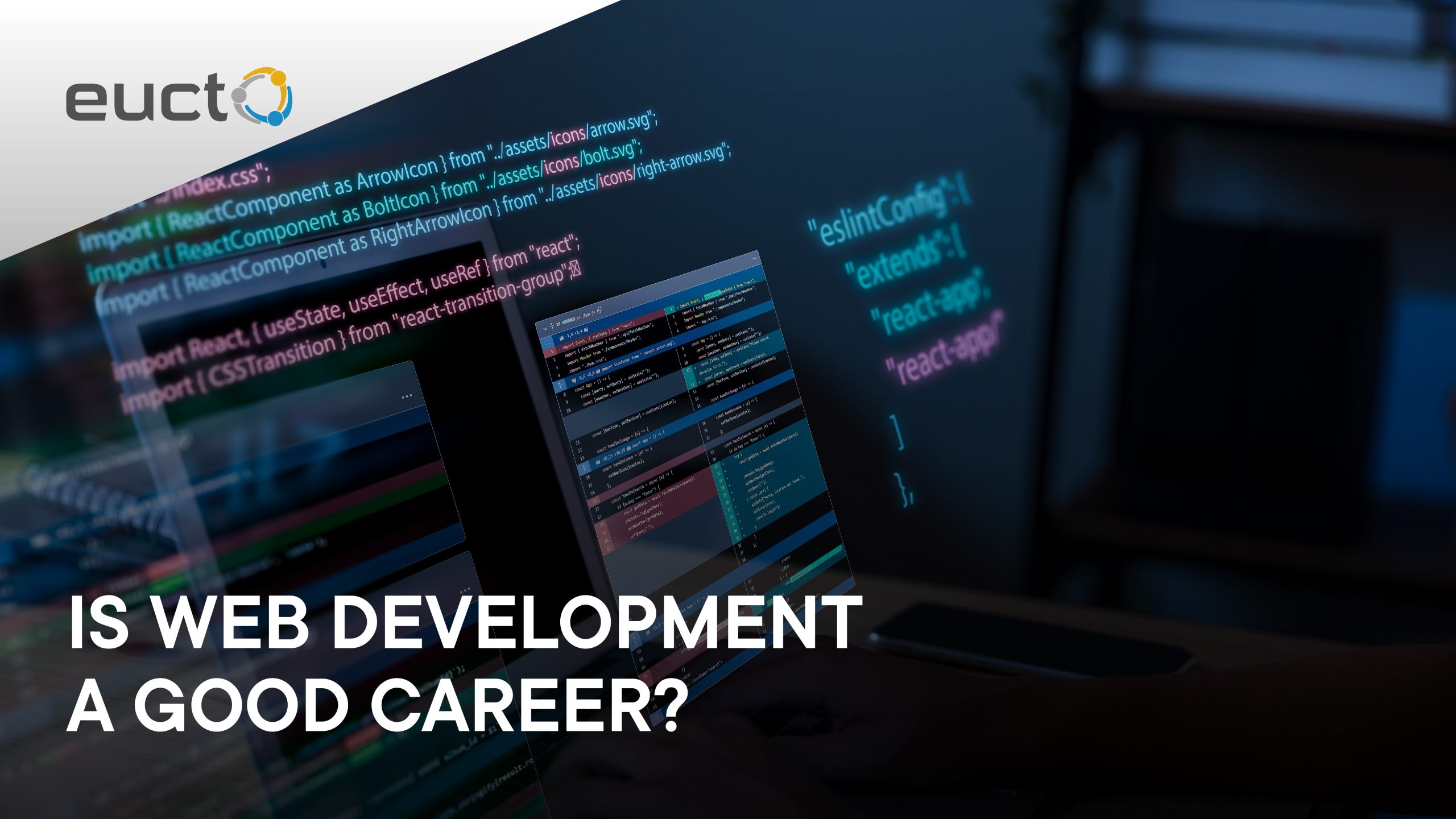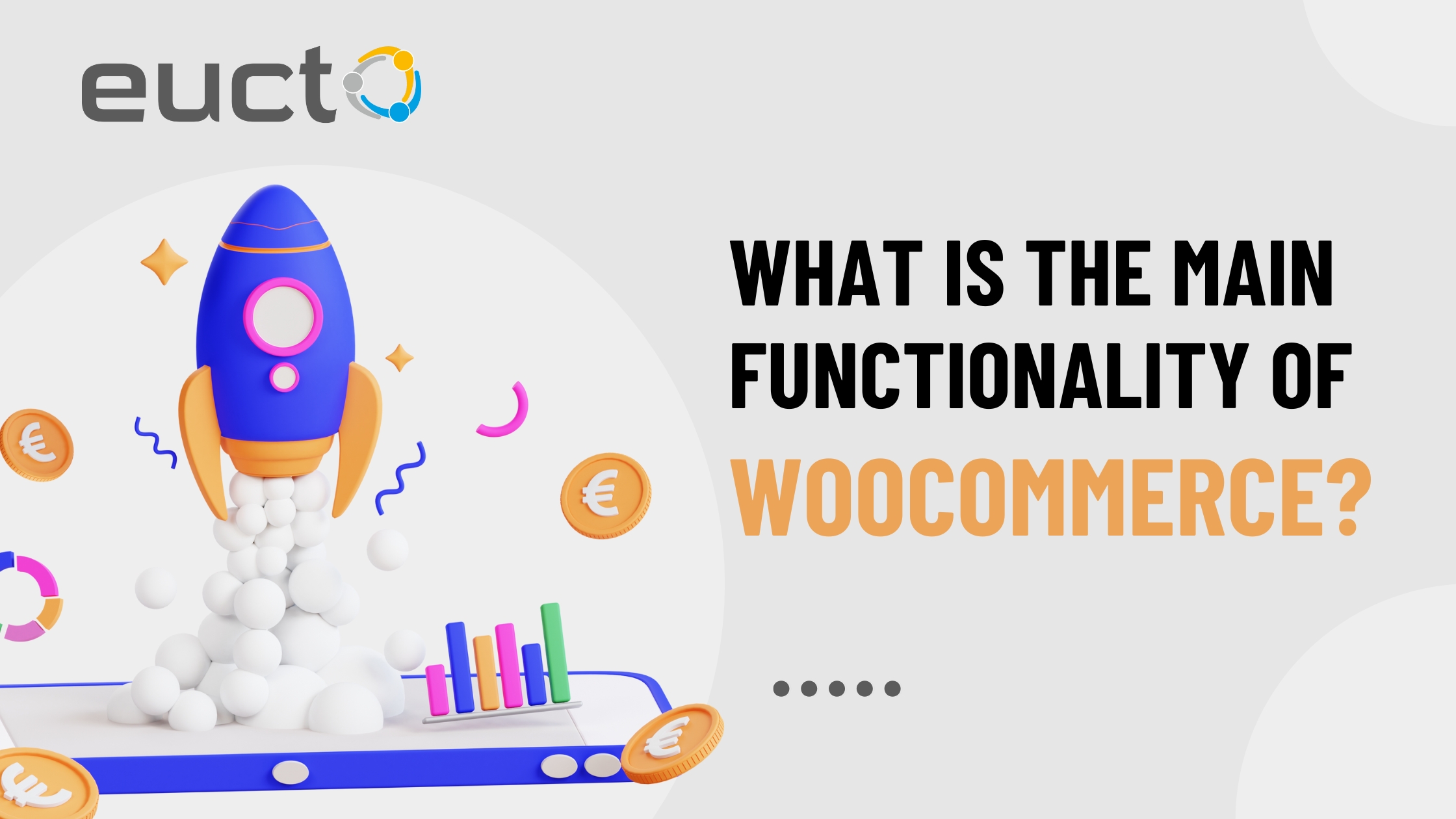People’s Transformation to Digital/Technology
What is Digital Transformation?
Digital Transformation is the process of leveraging digital technologies to revolutionize business processes by digitizing, digitalizing, and adding value to customer interactions. In the landscape of Digital Marketing agency, this evolution is particularly significant.
Why Digital Transformation?
Digital Transformation is important because it has enabled automation in terms of process workflows, communication, and data analytics.
From an end user’s perspective, it enhances ease of use, access and, communication.
From an industry’s perspective, it adds value to customer experience and improves organization culture.
Digital Transformation of people as Customers and Industries
Organizations have digitized end to end operations such as sales, people and culture, customer support, and supply chain management.
A few examples of how industries have digitally transformed are given below:
Industry | Digital Transformation | End Result |
Manufacturing | – Data collection through IOT Devices, – Data analysis through machine learning, – Robots for assembly line | Faster production and increased production output |
Transportation | – Determination of efficient shipping routes, – Scanners to track packages | Efficient Data management |
Tourism | – Online check-in/checkout to hotel rooms – VR (Virtual reality) vacations | Enhanced customer experience |
Health Care | – Telehealth remote services, Blockchain technology for managing, and accessing patient medical file. | Improved patient care |
Financial services | – Payment using mobile apps, – AI for customer service | Secured transactions and monetary security |
Education | – Online teaching and student data management. | Remote online education and personalized learning |
Machines | – Automated machines with sensors | Improved customer service with minimal cost |
Media | – User Data collection through machine learning | Personalized content for users |
Retail | – AI for security and Machined learning for user Data collection | Personalized and secured shopping, improved customer service |
While digital transformation embraces technology, the key to successful digital transformation lies with how people/organization transform the digital technologies to improve business processes, models and organization culture.
Leveraging Digital Transformation
Before determining the digital tools/technology for an organization, it is important for the leadership team/management to have a clear vision and strategy to determine the digital tools/technology to acquire that will enable in achieving the strategic objectives.
Laying the Foundation for Digital Transformation
It is important for people in an organization to understand and accept the need for digital transformation in order to contribute to it.
They should be convinced of the proposed changes and its advantages in terms of increased operational efficiency for the organization, staff skill upgradation, and new career opportunities for staff through digital transformation.
Transition to Digital Transformation
The current processes and tools in an organization should be evaluated thoroughly and refined ensuring the optimum balance between the customer’s needs, the process or procedure to fulfill these needs, and the goal or objective of the organization. This leads to development of a new product, service or process.
This can be done with many process improvement methodologies like DMADV.
DMADV is a Six Sigma framework that focuses on the development of a new product, service, or process. It is an acronym for the five phases of DMADV: define, measure, analyze, design, and verify.
The Verify step includes a plan to transition the product or service to a routine operation and to ensure that this change is sustainable. It is in this stage we determine what digital tools/technology is required to automate the product or service or process.
Sustaining Digital Transformation
To sustain the digital transformation, organizations will need to have the right digital capabilities.
The Mckinsey digital experts have defined six factors that help to sustain change.
- Diverse tech talent -Organizations need to get the people model right because that’s what enables a culture of iteration and innovation across the organization.
- Customer-centric design thinking – Customer-centric design thinking presents a chance for the company to better the service to customers.
- Agile ways of working – An agile approach is a mindset shift for leaders—it’s all about what minimal viable product you can achieve within specific constraints.
- Data literacy – Organizations of the future will need to ensure their algorithmic models are fair and validated in production.
- Next-gen technology – Organizations need to Adapt to new technologies based on the new business needs.
- Analytical reasoning – Continual improvement by breaking down problems, analyzing patterns in data, leveraging new kinds of data, and continuously finding different solutions is vital for leaders of an organization.
Conclusion
The Digital transformation succeeds when digitalization undertakes a transitional process rather than jumping to its final transformed state.
Related Posts
Is web development a good career?
Digital Universe: A Web Developer’s Journey Introduction: Greetings, aspiring web creators! Web development offers one a career that could be quite a journey full of countless prospects in this era of the internet. Therefore, you set out your goal and then go for it. So, grab your digital toolbelt, and let’s delve into why web development is not jus
What does an Agile delivery mean to you – the customer?
Every technology services company worldwide may claim to deliver products, websites, or applications using agile methodologies. However, as a customer, should you care about this? Absolutely, especially in the context of
What is the main functionality of WooCommerce?
Let’s face it, in today’s online world, if your business doesn’t have a killer website, it’s like having a storefront in a ghost town. People are shopping online more than ever, and if you’re not there to meet them, well, your competitors are…… This is where WooCommerce swoops in like a superhero. It’s a plugin for
What is motion UI?
Bringing Interfaces to Life with Motion UI Desig In today’s competitive digital landscape, creating intuitive, delightful user experiences is key. This is where motion UI design comes in – animating interfaces to guide users, clarify interactions, and add personality. When strategically incorporated, motion enhances usability and breeds customer loyalty for






Leave a Reply